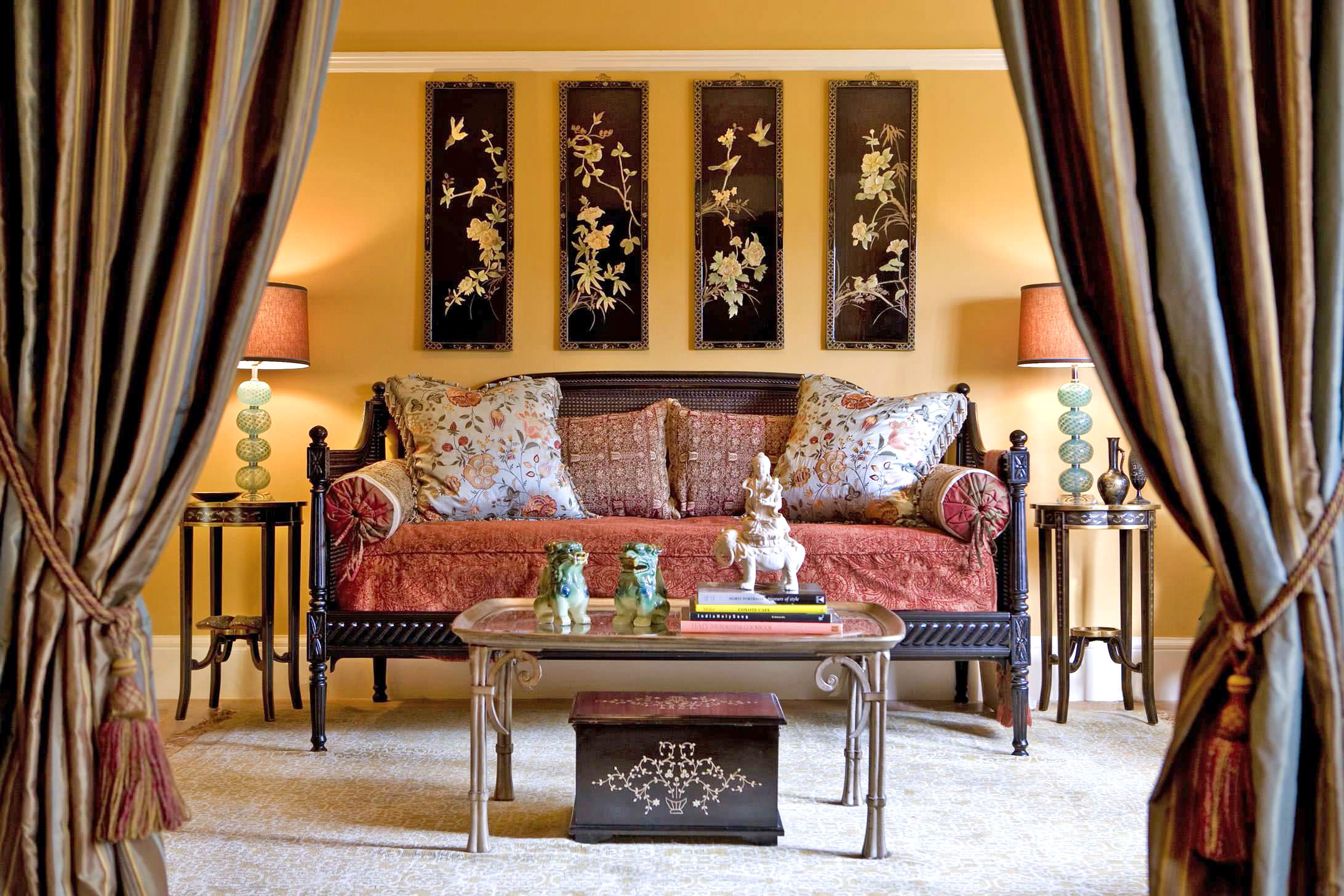
Adeeni Design Group
The Ancient Egyptians were using mother of pearl in at least 4200 BC,
pieces have been found in pyramids and tombs of the ruling classes. From
archaeological evidence, we know that mother of pearl was also used by
the Mesopotamians as far back as 2500 BC. It became popular in China
during the Ming dynasty (1368-1644), although it had been in use in
China much earlier during the Bronze Age of the Shang dynasty (1500-1050
BC).
Within Asia, origins however remain comparatively obscure.
Its workshops mostly unrecorded, its designers unknown. Dating of
pieces is possible only from the designs of decorative motifs, such as
dragons and peonies, and from their background motifs. Most of the
forms of Chinese furniture, such as the low table and the covered bed,
are found in the oldest Chinese paintings in existence.
The
most important historically in this class are black lacquer pieces
inlaid with mother-of-pearl that have been preserved in the imperial
repository (Shōsō-in) in Japan from the 8th century. Of the red
lacquers, such as seats and tables, the earliest pieces date from the
Ming dynasty (1368–1644); their workmanship is characterized by softer
contours and freer, more spirited designs than the later pieces of the
Qing dynasty (1644–1911/12). These lacquered objects influenced European
cabinetmakers.
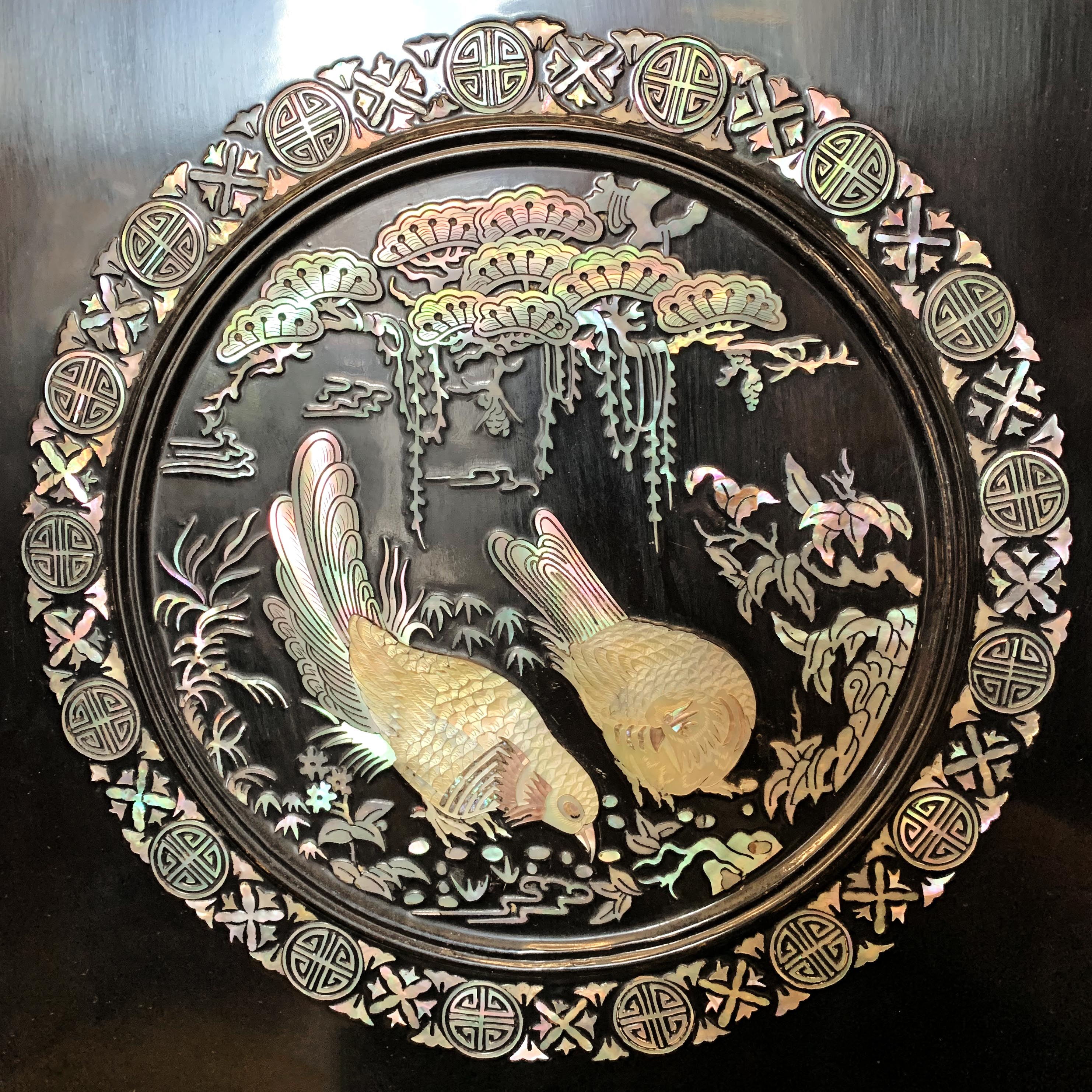
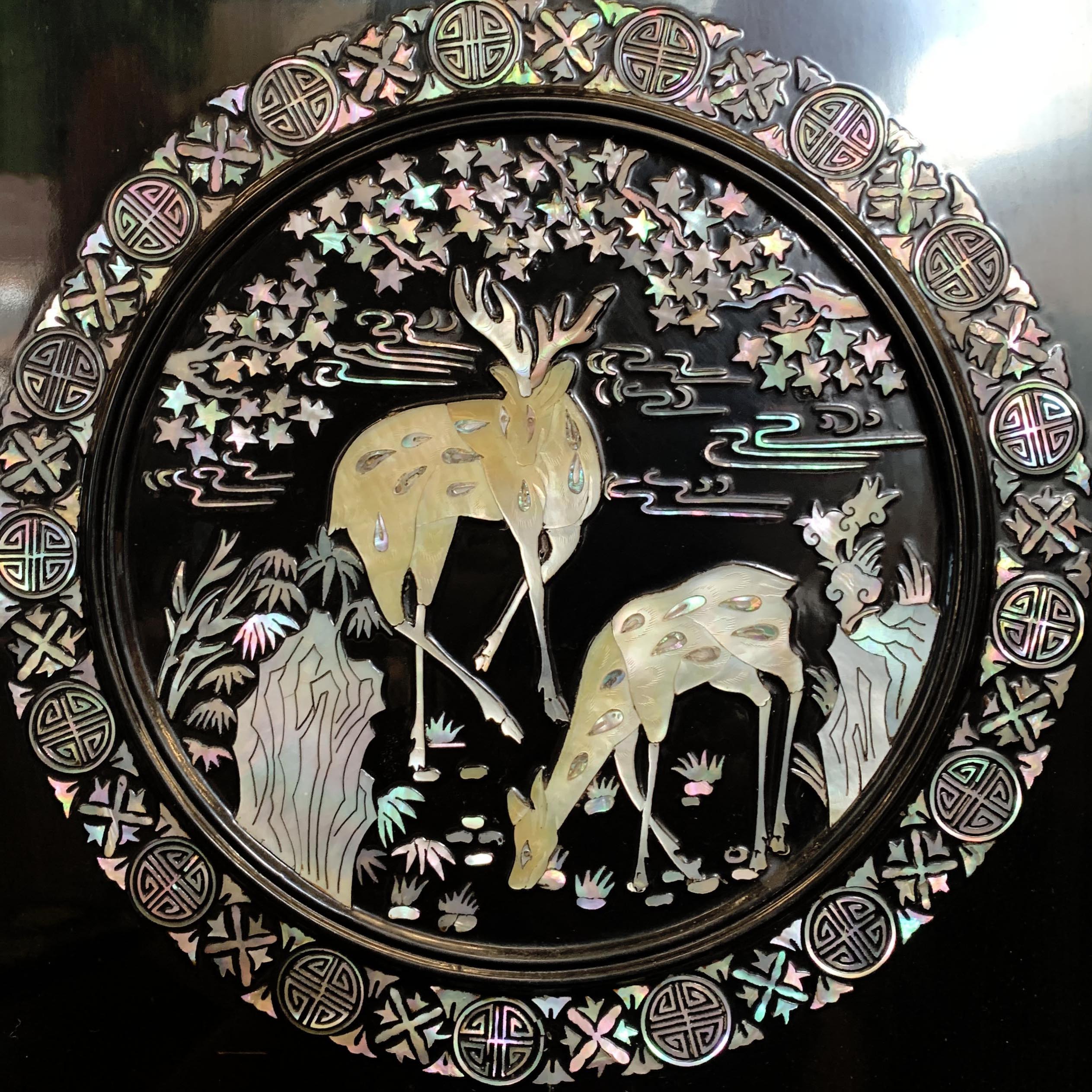


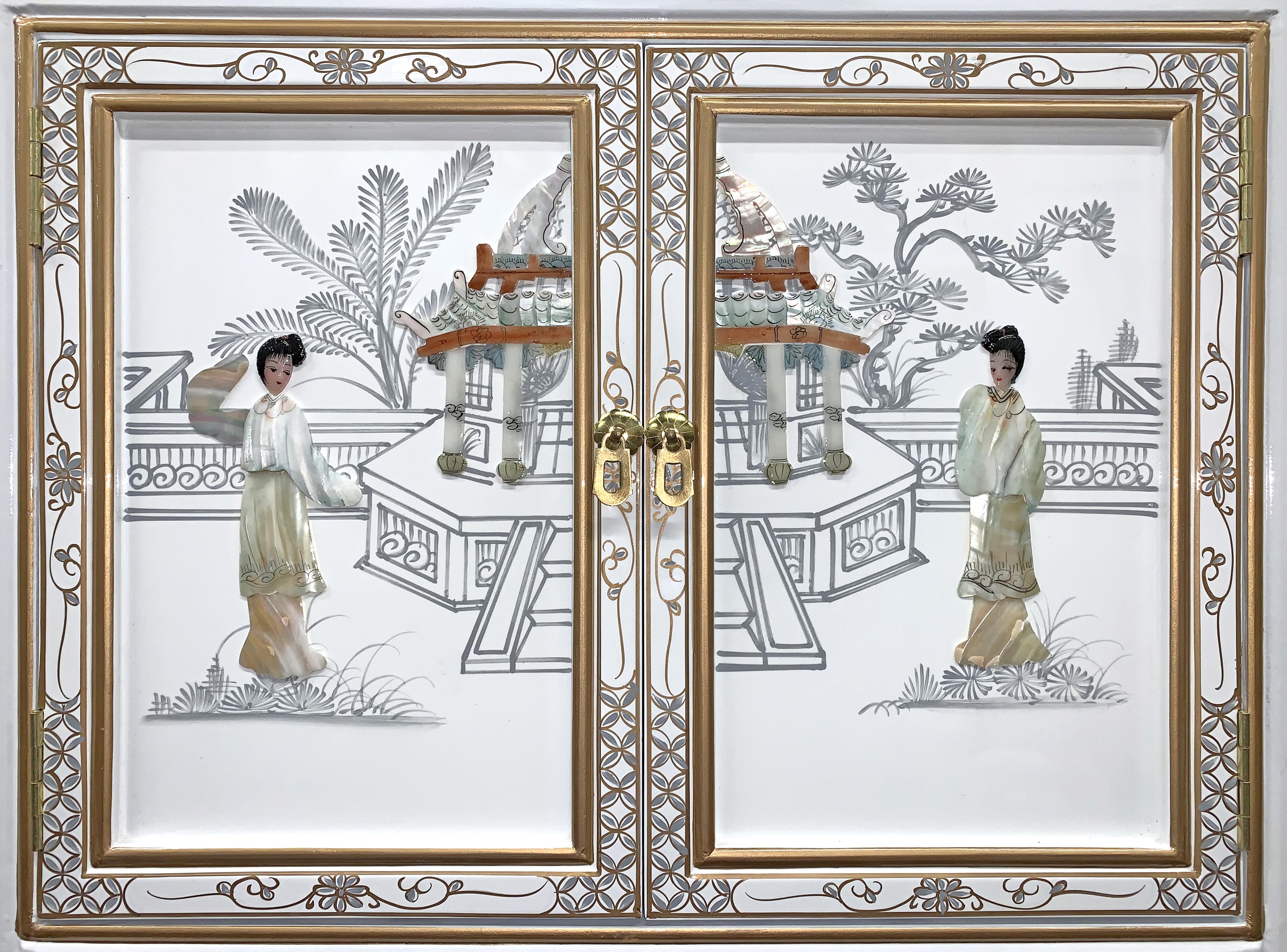
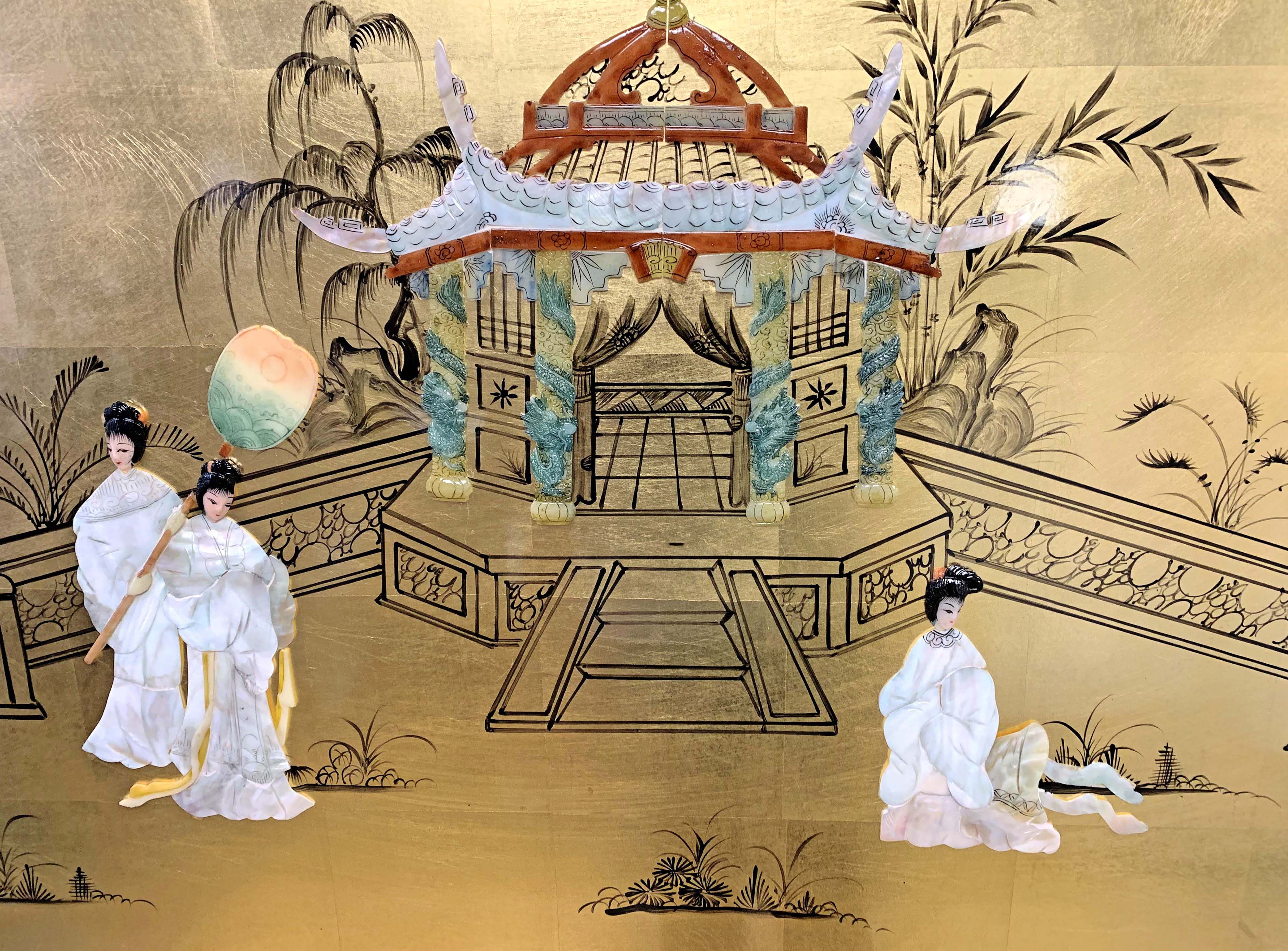
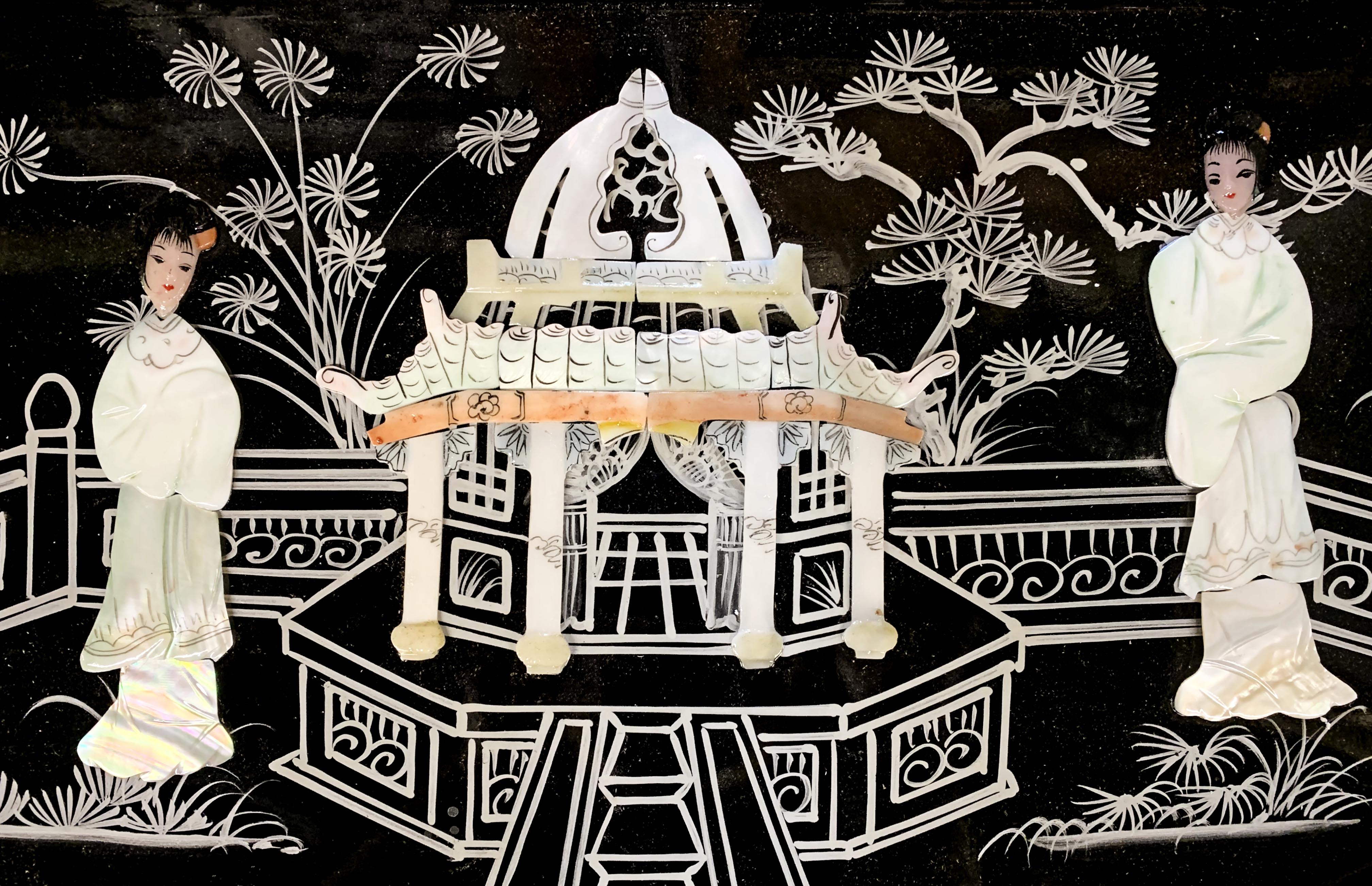
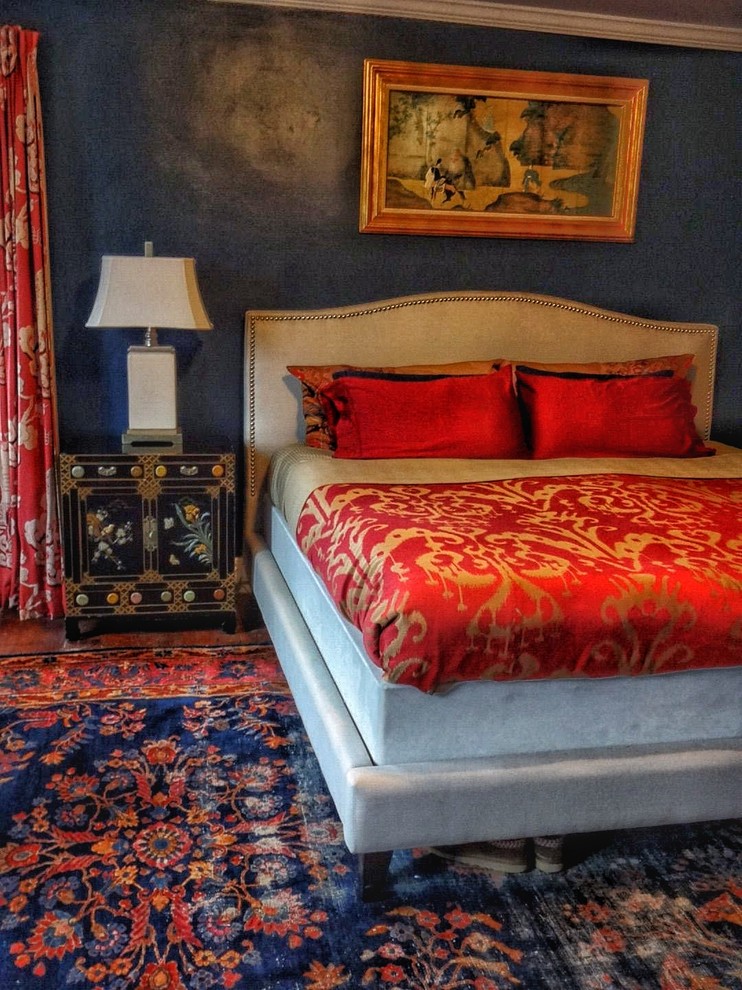
Tara Wenzel


